Rockery: [Cultivation, Irrigation, Associations, Pests and Diseases]
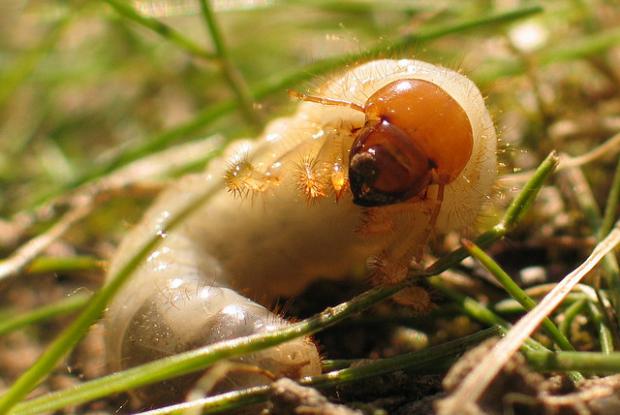
Important points when planting Rocalla
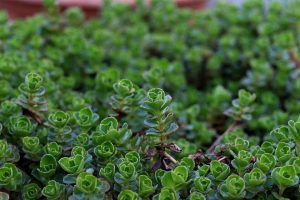 Where to sow? In full light. It needs a lot of sunlight.
Where to sow? In full light. It needs a lot of sunlight.- When? Early spring.
- How do we prepare the land? Removed, removing weeds. With substrate composed of fine sand and perlite that allows good drainage.
- How do we water? With drip.
- How often do we water? In summer, 2 times a week. The rest of the year spaced irrigation.
- Plagues and diseases? Cochineal, Pulgon and fungal diseases caused by excess water, powdery mildew, mildew, etc.
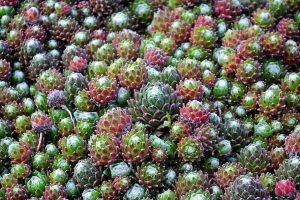 The rockery plants or composition of them are, in general, of small size, and of a great variety, for all tastes.
The rockery plants or composition of them are, in general, of small size, and of a great variety, for all tastes.
Also known as an alpine garden, making a rockery in the garden is perfect for those who want to recreate that mixture of stone and nature, typical of the Alps.
The rockery is a natural system that is also ideal for drought areas or poor soils. It can also be the perfect solution for those areas of the garden that are uneven, or wooded and difficult to access.
Many rockery plants are slow to spread and others grow only in small mounds, such as miniature trees or small-scale shrubs.
For landscapers, it is necessary to take some time to design the structure of what the rockery will be in the garden, either to cover its free spaces or to make a special composition in containers.
When to plant rockery?
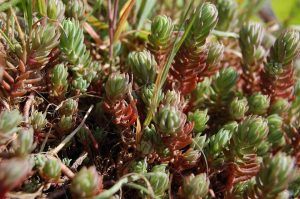 Rockeries are very easy to grow, and it is best to sow them at the beginning of spring, with moist soil to enjoy all their splendor and beauty in the coming months.
Rockeries are very easy to grow, and it is best to sow them at the beginning of spring, with moist soil to enjoy all their splendor and beauty in the coming months.
It is recommended not to plant the rockery until several weeks after the placement of the rocks, so that the soil settles.
It is preferable to plant the rockery in irregular groups and place the plants in successive steps, seeking harmony between colors, shapes and flowering times. Those of greater height will be located towards the sides and those of the same species, in groups.
Once the land is firm, it is lightly watered and, if there is a risk of frost, a layer of litter or bark is spread.
Where to do it?
The rockeries should be facing west or south, sheltered from the wind and exposed to abundant sunlight: this is the ideal situation to locate the plants.
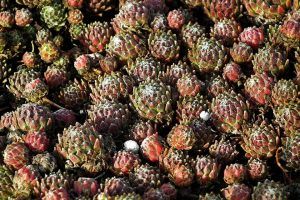 They usually grow in their natural habitat, in high mountainous areas. A rockery can be the most charming feature of a garden, even if it is in a limited space like a container.
They usually grow in their natural habitat, in high mountainous areas. A rockery can be the most charming feature of a garden, even if it is in a limited space like a container.
They can be grown in the garden, in full sun, but taking great care in planning your planting strategy because it can grow randomly and everywhere.
How to prepare the land?
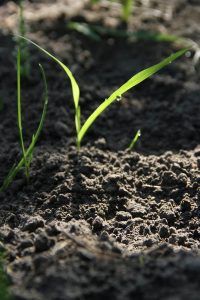 The rockery plant is not fussy about soil type and can grow in soil that is deficient in nutrients and often without water.
The rockery plant is not fussy about soil type and can grow in soil that is deficient in nutrients and often without water.
For the preparation of the land it is necessary to take into account that weeds must be eliminated from the surface.
Then proceed to break up the earth digging at least 30 centimeters, and mix it with sand. If the subsoil is clayey, a drainage network will have to be created to remove the water.
Next, a bed of rubble about 25 centimeters is prepared and, on top of it, a layer of rooting substrate of 40 centimeters is spread.
Then the stone placement procedure is carried out, the granites are also very showy, and are usually covered with moss, which provides a natural touch.
The stones can have an irregular shape and their dimensions are not less than 60x30x30 centimeters. It is convenient to place the largest ones first, and separate them enough so that the plants can develop comfortably.
It should be buried in the ground at least half of its volume and put the upper part slightly inclined towards the slope, so that the water pours into the ground. Between one level of stones and the next, the ground must be horizontal.
To finish making a rockery, you should expect to wait a little longer, at least two weeks to a month. This is enough time for both the substrate and the stones to settle. Only then, when we start planting, the land will be the closest thing to the one that will last over time.
Some rockeries can flower their first year, and it won’t be long before a newly planted garden looks like it has been cultivated for years.
How do we water the rockery?
 Horticulturists and gardeners recommend watering the rockery sparingly and diffusing the water so that the soil does not erode.
Horticulturists and gardeners recommend watering the rockery sparingly and diffusing the water so that the soil does not erode.
Drip irrigation is very important for the rockery since this type of garden does not require much water.
To know how to water the rockery, it is recommended to maintain uniform humidity, always water at dusk or first thing in the morning and place the specific amount of water for each specimen.
How do we plant rockery step by step?
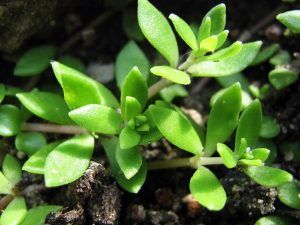 They are plants that adapt to all types of soils, and are not demanding with nutrients. To sow the rockery you can follow the following steps:
They are plants that adapt to all types of soils, and are not demanding with nutrients. To sow the rockery you can follow the following steps:
Select containers that can be as large or small as desired, but should be at least 15 cm deep or more and should have a drainage hole in the bottom.
The type of container can be made of wood, without forgetting to treat it with a product that preserves it from the effect of water; or, use a special container, which has a conical shape and little depth.
Make a substrate mixture in a ratio of six parts of compost to three parts of fine sand, to which good drainage must be added.
Cover the bottom of the pot with a 5cm layer of pot chips and then add a 2.5cm layer of peat moss. Finally, fill the container with compost up to 2.5 cm from the rim.
Place a perforated zinc disk over the drainage hole, once the container is filled with the substrate, to prevent the compost from being carried away by the water. Once the waiting time for the rockery is over, sow the plant and water.
When planting a rockery plant it is necessary to remove some of the compost from the root mass from the rockery plant instead of planting it in its entirety, but treating the plant carefully and delicately.
Have a layer of rock grating on the surface of the compost to provide freshness and moisture to the rockery. Once the compost bin has been filled it should be firmed up and watered. Let it sit for a few days. Place the plant in the sun
Every year, in autumn or spring, it is recommended to spread a layer of compost to give the soil an organic fertilizer and that the plants have all the nutrients they need.
What favorable associations does it have?
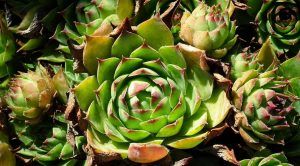 The association of crops of compatible plants produces benefits with respect to their cultivation separately, in addition to the use of light, water and/or nutrients.
The association of crops of compatible plants produces benefits with respect to their cultivation separately, in addition to the use of light, water and/or nutrients.
The rockery can be associated / planted with various species to form compositions. Shrubs such as cotoneaster, heather or rhododendron, and conifers such as juniper or yours.
Bulb plants with tulips and ground covers such as verbena or Alyssum. The note of color will be given by perennials such as asters, bellflowers, carnations and lobelia, and bulbous such as crocus,.
In hot and dry climates, it is best to associate the rockery with succulent plants such as cacti, yuccas, aloes and agaves, or creeping plants such as aptenia, sedum and drosanthemum, which hardly need water.
What pests and diseases attack the rockery?
 The pests that affect the rockery are directly associated with the plant varieties of the composition that is made.
The pests that affect the rockery are directly associated with the plant varieties of the composition that is made.
In these cases, cochineal, aphids, flower insects, and diseases caused by fungi (powdery mildew, mildew), stem and root rot as a result of excess water.
Bibliography and references
- Fragoso, R; Luisier A. (1971). Natural history, life of animals and plants. Seventh Edition, Gallach Institute of Bookstore and Editions, SL Barcelona-Spain.
digital database
- Gardencenterejea.com. All you need to know about rockeries. Reproduced from: https://blog.gardencenterejea.com/plantas-de-rocalla/
- Verdesvida.es Rockery techniques and care. Reproduced from: https://www.verdeesvida.es/tecnicas_y_cubiertas_4/construir_una_rocalla_117
- Verdecora.es The best plants for rockery. Reproduced from: https://complete-gardening.com/gardening/the-best-plants-for-rockery/




